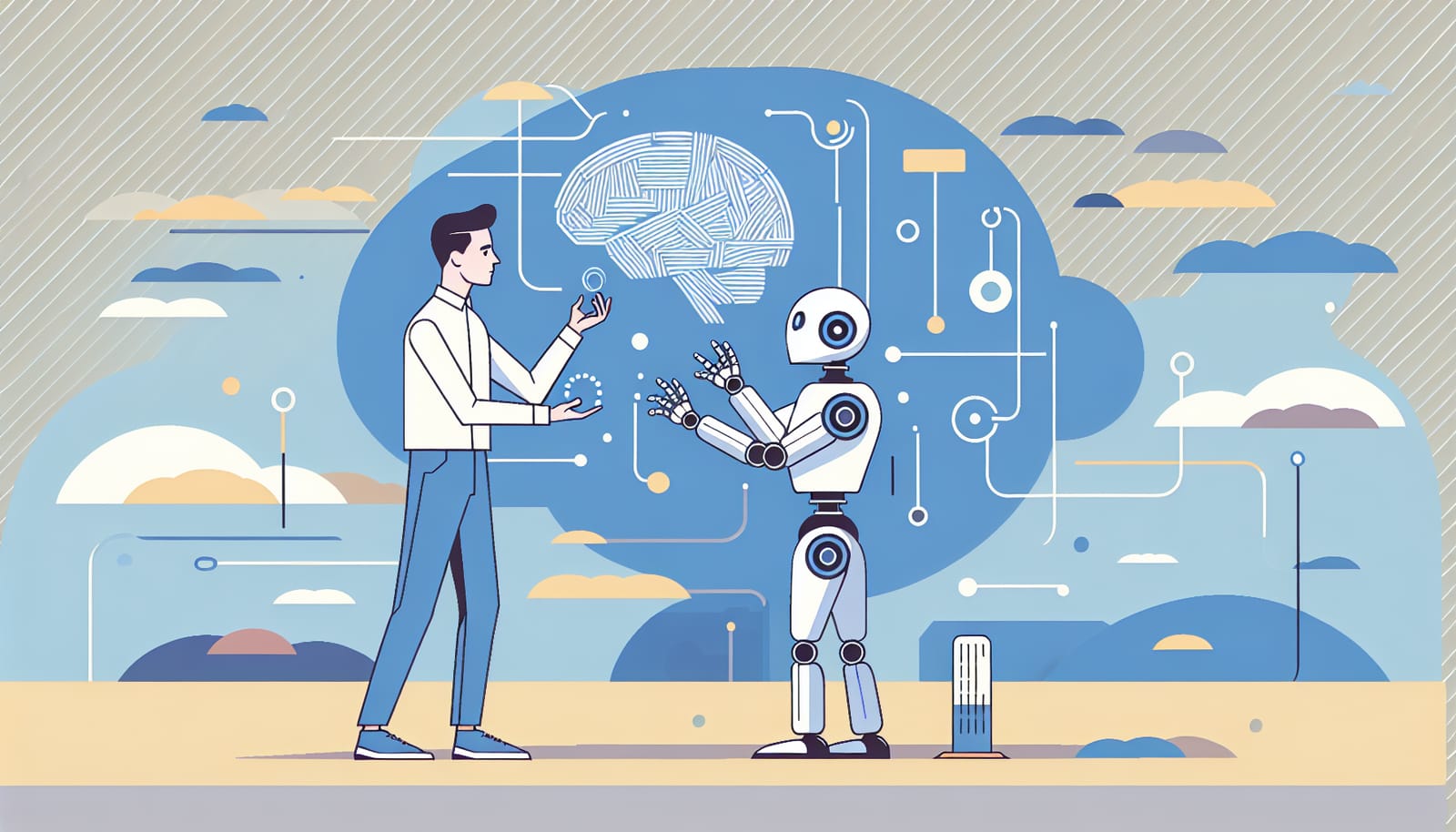Artificial Intelligence (AI) is a term that’s thrown around a lot these days. It's in our phones, our homes, and even our cars. But there’s a common myth that many people believe: that AI can solve any problem at the snap of a finger. In this article, we are going to dive into this myth and explore the truth behind AI’s capabilities, limitations, and how it can truly be a helpful tool in our lives.
What is AI, Anyway?
Before we can debunk the myth of AI's instant problem-solving abilities, it's important to understand what AI actually is. At its core, AI refers to computer systems designed to perform tasks that normally require human intelligence. These tasks might include recognizing speech, making decisions, or understanding natural language.
AI is not a magic wand that can instantly solve all problems; rather, it’s a collection of algorithms and models trained on vast amounts of data. Think of it like teaching a child to recognize different animals based on pictures; similarly, AI learns from data to perform specific tasks.
The Limitations of AI
One of the biggest misunderstandings about AI is its limitations. While AI can be incredibly powerful, it is not without its flaws. Here are some key limitations to keep in mind:
1. Data Dependency
AI systems rely heavily on data. They learn from the information they are given, and if that data is incomplete or biased, the AI's output will be flawed. For example, if an AI is trained to recognize cats using images that only show certain breeds, it may struggle to identify other types of cats.
2. Lack of Common Sense
AI lacks what we call "common sense." While it can analyze patterns and make predictions based on data, it does not understand context like humans do. For instance, an AI might suggest a solution to a problem that sounds good on paper but might not work in real life because it doesn’t understand the nuances of human emotions or situations.
3. Complexity of Problems
Not all problems are simple or straightforward. Some require creativity, empathy, and deep understanding—qualities that AI does not possess. For example, while AI can assist in diagnosing medical conditions based on symptoms, it cannot replace the human touch that a doctor provides when interacting with patients.
AI in Action: A Helpful Tool
Despite its limitations, AI can be a fantastic tool for solving certain types of problems. Many industries harness AI to improve efficiency and provide better services. Here are a few examples:
1. Healthcare
In healthcare, AI is used to analyze medical images, predict patient outcomes, and even assist in administrative tasks. For instance, AI algorithms can scan X-rays or MRIs to help radiologists identify potential issues more quickly.
2. Customer Service
Many companies use AI chatbots to answer customer queries instantly. These chatbots can handle simple questions, freeing up human agents to focus on more complex issues. However, when a customer has a unique problem, it’s often necessary to speak to a human representative who can provide a more nuanced solution.
3. Creative Arts
AI is even making waves in creative fields! Artists and musicians are using AI to inspire new works of art or compose music. While AI can assist in the creative process, the final touch often comes from human artists who infuse their work with emotion and personal experience.
The Importance of Human Oversight
Given AI's limitations, human oversight is essential. AI should be viewed as a tool to assist us, not as a replacement for human intelligence. In many cases, the best solutions come from a combination of AI capabilities and human insight.
For example, a teacher might use AI to grade assignments more efficiently but will still need to provide personal feedback that encourages and supports students. This partnership between AI and humans allows us to harness the strengths of both.
The Future of AI
As technology continues to evolve, AI will undoubtedly become more sophisticated. However, it is important to maintain realistic expectations. While AI will help in problem-solving and efficiency, it won't be able to replace the complex, creative thinking that humans bring to the table.
In the future, we may see AI systems that are better at understanding context and providing more nuanced solutions. However, these advancements will still require a collaborative approach where humans remain actively involved in decision-making processes.
Conclusion: Embracing AI's Potential
In conclusion, while AI is a powerful tool that can assist in solving a variety of problems, it is not an all-seeing, all-knowing solution. Understanding its limitations is essential to using AI effectively. Instead of viewing AI as a magical solution to every problem, we should see it as a partner that can enhance our capabilities.
By embracing AI’s potential while recognizing its boundaries, we can leverage it to improve our lives and work. Remember, the best solutions often come from a blend of technology and human intuition, creativity, and empathy. So, the next time you hear someone say that AI can solve any problem instantly, you can confidently explain that while AI is an incredible tool, it still needs a human touch to truly shine.
Together, we can navigate the exciting world of AI, harnessing its power to create a better future for all.


